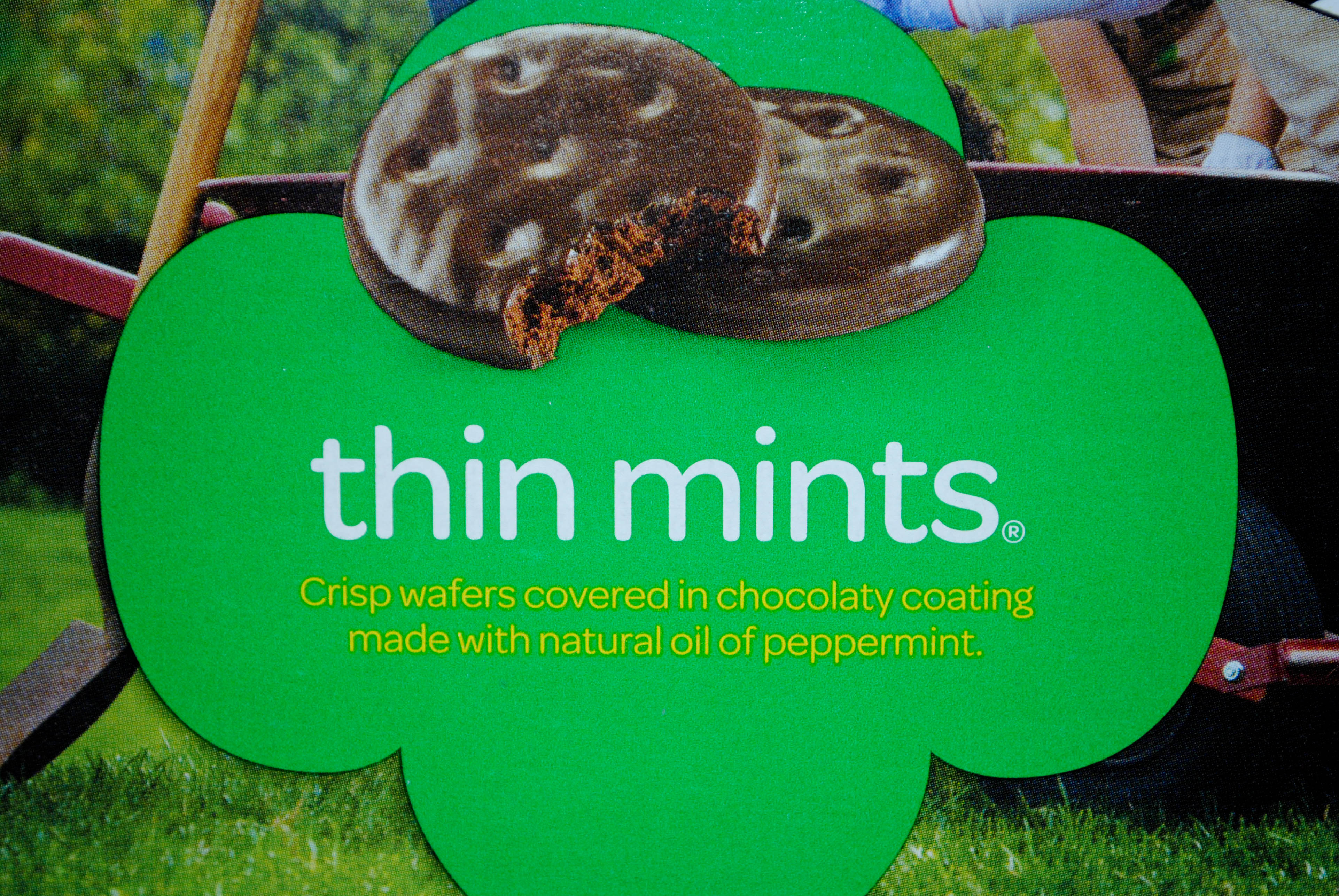In 1917, Girl Scouts in Muskogee, Oklahoma began fundraising for their troop by selling homemade cookies in a school cafeteria. Girl Scout troops around the country copied their example throughout the ’20s and the ’30s; soon enough commercial bakers were making cookies specifically for the Girl Scouts to sell.
A century later, Girl Scouts are still going door-to-door with boxes of Thin Mints, Trefoils and Samoas — and the business is thriving. What began as a fundraiser by a group of little girls is now a nationwide industry that brings in roughly 700 million dollars a year.
Meanwhile, this 700-million-dollar industry funds an organization that affects the lives of young girls across the country. The Girl Scouts of America is a national organization that promotes the values of strength, integrity and independence among young girls, while teaching them about leadership and making a difference.
In addition to funding the organization, the annual sales of Girl Scout Cookies give young girls experience as entrepreneurs with their own stock of delicious cookies to sell.
Troops of Girl Scouts are separated into six different levels depending on age. Girls begin as Daisies in kindergarten or first grade, then go on to become Brownies (Grade 2 – 3), Juniors (grades 4 – 5), Cadettes (grades 6 – 8), Seniors (grades 9 – 10) and finally Ambassador (grades 11 – 12).
Members of each level wear a different uniform, signifying their growth in leadership and Girl Scout values. With each new level comes more badges to sew on — and, of course, more cookie patches.
Incentives
One would think that no sane business would use young girls as their salespeople, but the Girl Scout Cookie industry makes it work by using incentives. Girl Scouts use their cookie sales to make money for their troops; for every box of cookies an individual Girl Scout sells, a small portion of the price goes to the troop so that leaders can arrange field trips and regular meetings.
Troops receive 10 to 15 percent of the profit, while about 70 percent goes to the council which oversees the troops in that country; the rest goes back to the manufacturers.
In addition, girls who sold large amounts of cookies receive prizes for reaching a certain benchmark in sales. Anyone who participated in selling at all receives a Girl Scout Cookie badge. After certain levels are achieved, however, the girls earn various outstanding prizes.
Depending on the number of boxes sold, the prizes range from special patches for the vest to tee shirts and stuffed animals, all the way up to an Eno Hammock or Amazon Echo Dot for a whopping 1,300 boxes of cookies sold. During my own tenure as a Girl Scout, the big prize used to be a mountain bike.
Target Market
Despite the fact that the price for a single box of cookies has increased in the past few years from $3.50 to over $4, sales are still on the rise every year. Young girls sell boxes of cookies to adults instead of adults selling the specific product with children in mind.
In addition, there is very little mainstream advertising; the Girl Scouts almost never use television commercials or poster advertisements. Instead, Girl Scout Cookies depend on word of mouth and the branding on the box for their advertisement campaigns.
Fortunately, most devotees of Girl Scout Cookies don’t need anything else to convince them; the brand name on the box is all they need to know that deliciousness is inside every bite.
Furthermore, Girl Scout Cookies maintain their success by appealing to many different groups of people. In the past few decades, the Girl Scout brand has introduced sugar-free cookies for those who cannot have high sugar intake. They have also introduced gluten-free cookies for people with gluten allergies or intolerance.
Methods
Girl Scouts sell their cookies using a variety of time-tested methods. Troops set up shop near the front door of a local supermarket or another busy store to catch customers as they enter the store. People can get their fill of Girl Scout Cookies right after they finish buying their groceries for the week.
This method is incredibly effective; it’s hard to ignore a group of young girls selling cookies and asking everyone that passes. People feel guilty for walking past and not buying cookies that support an organization that helps build strong woman and introduces them to business techniques.
In order to pass the line to enter the store, patrons say “I’ll get you on the way out.” If the girls are still there when they leave the store, the patrons will feel obligated to buy at least one or two boxes in order to not lie to children.
Another battle-tested method of selling Girl Scout Cookies is going door to door. This is more popular in bigger towns and cities, where girls can ring a large number of doorbells in a small area.
Buyers are generally grateful that their cookie saleswoman has come straight to their door and that cookies will be directly delivered to them, instead of going out of their way to find a Girl Scout troop selling cookies.
And of course, door-to-door salesgirls can sell cookies by tugging at their customers’s heartstrings. Most people find it hard to refuse a hopeful, doe-eyed little girl in a Girl Scout vest, especially when she is standing right at their doorstep.
Retiring Products
Like any good brand name company, Girl Scout Cookies routinely retire a specific type of cookie in favor of a new coming flavor. Aloha Chip, All Abouts and Lemon Chalets are just a few of the varieties that were retired in favor of newer cookies, such as S’mores and Savannah Smiles, in recent years.
Despite the increasing variety, the original Thin Mints, Tagalongs and Samoas are still restocked every year. Quite often, the oldest kinds of cookies are also the most popular. The Girl Scouts introduce new varieties every few years, but the classics never die out.
Girl Scout Cookie industry has been successful for over 100 years and there is no indication that they will be slowing down in sales anytime soon.

















